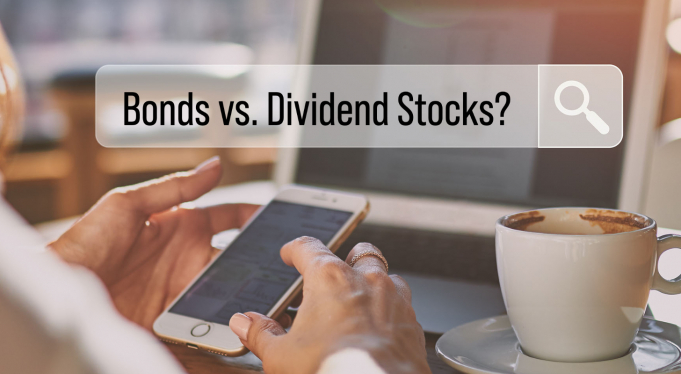Bonds have seen dormant popularity over the past decade and with rising rates, bonds are becoming even less attractive. This is largely due to unattractive coupon rates relative to savings accounts. Rising rates mean plummeting bond prices. While the bond market has different and distinct characteristics compared to the stock market, the level of potential upside is also limited compared to equities. In addition, comparing compounded effects of dividends and equities with bonds pre-emptively ends the debate. While there are pros and cons on both sides, today we will discuss why dividends of good-quality stocks do not necessarily equate to holding a good-quality bond.
Dividends can be cut
Consistent and growing dividends often indicate fundamental strength and management assurance. When management announces dividends or they increase the amount, it is generally expected that the company pays dividends on an ongoing basis, thus making it a pseudo-liability. However, unprecedented events such as the pandemic, material business change, or significant industry disruption can lead to management cutting down dividends to improve financial buoyancy or reduce “liability”. On the other hand, bonds are capital liabilities and are to be paid consistently and in a timely manner by the company. If an investor is looking for that monthly/timely contribution to their account for everyday expenses, coupon payments offer a lot more visibility compared to dividends.
Stock price volatility vs par value of a bond
To receive coupon payments, investors hold bonds, and to receive dividends, stocks are held. Bonds have a par value set and known at the time of purchase and a set maturity date. Investors theoretically should have an exit target price in mind when making a purchase. However, the par value is largely 'guaranteed' outside of bankruptcy scenarios, but the stock price is not. Stock price volatility means a risk in capital invested, whereas, with bonds, the par value is known and to be paid by the company at maturity and does not fluctuate (regardless of a premium/discount on a bond).
Participating in growth vs yield
An extension of the point above, but a point to consider in favor of equity stocks; investing in shares of a company allows investors to participate in the company or industry growth. The growth and stronger expectations translate to higher valuations and stock prices, allowing investors to benefit from dividends and an improvement in share price given the growth prospects. This benefit however does not apply to bonds. Regardless of a company’s trajectory, coupon payments and par value are fixed.
Taxation differences
Another point in favor of dividends is the tax efficiency compared to that of interest payments. Depending on the company and investment account, interest income is typically taxed at an individual’s highest marginal tax rate, making it the least efficient form of investment income. Dividends on the other hand can benefit from the dividend tax credit helping investors keep a larger portion of the income after tax. Additionally, dividend reinvestment plans (DRIP) also help investors re-invest dividends back into shares on a timely basis reducing cash drag, which can improve the overall portfolio return compared to bond payments.
It has been a difficult year for equity and bond investors. Volatility in market and asset classes should be expected and considered when developing your strategic asset allocation. Each asset class has its pros and cons and risk factor exposures that might or might not entirely overlap other asset classes. It is imperative to understand what they mean and how they react within your portfolio. In some cases, dividend stocks can be a loose proxy for bonds, however, stocks on average have higher risks, volatility and a higher chance of permanent loss of capital, compared to bonds. In turn, we typically do not like to view any equities as a proxy for bonds but in some instances and cases, an argument could be made. For some, capital preservation and payment visibility are of utmost importance, bonds fit the bill better here. Investigating your goals and understanding your portfolio objectives will help you navigate portfolio construction and understand return contributions better.
All the best!







Comments
Login to post a comment.